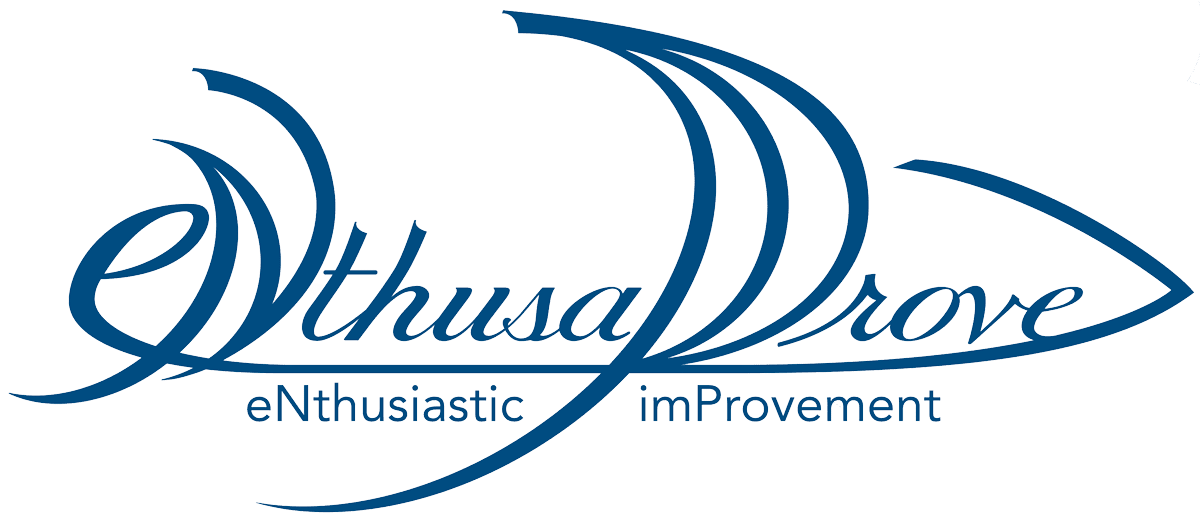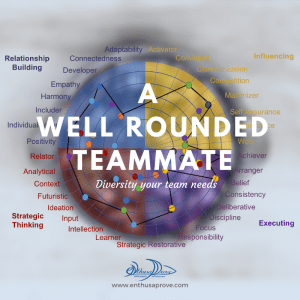
Were you taught to work on your weaknesses, hearing that the best teammates are well-rounded?
We are told to expose children to lots of experiences, building a wide array of strengths because we want to both open our children to the broadest array of opportunities and help them become self-sufficient adults. As employers, we look for improvement areas and weaknesses to strengthen, and find positions to help develop those skills.
What if spending time trying to make yourself well-rounded was actually useless?
It is easy to be lured in to be all things for all people, which is really what this “being well-rounded” advice is telling us. One thing I am continually being brought back to reality on is that there is just not enough time to do it all. Even if I want to learn all the things and experience everything, the truth is that there are always trade-offs. I have to give up something to get something else. Or I can choose to get nothing if I don’t make a choice.
What happens when you give up being all things to all people? Research is showing that when we focus on our strengths (rather than bolstering our weaknesses) we can exponentially increase our ability, versus incremental improvement of weaknesses.
This requires you to rely on others, trusting someone with the areas you are not good at to let them handle it. This includes abandoning efforts to make up for that weakness and instead looking with gratitude for those that help us with our non-preferences. Being a truly well-rounded teammate would only lead to mediocrity, if it’s possible at all.
The Team: Finding Well-Rounded
The fallacy in what we are told about being well-rounded people is that we have to do it all OURSELVES.
Research shows that value of being well rounded is not all it is hyped up to be, for INDIVIDUALS! StrengthsFinder® research is showing that when we focus on our strengths (rather than bolstering our weaknesses) we can EXPONENTIALLY increase our ability, versus incremental improvement of weaknesses. What does that mean? When we work on a team with different strengths, the team’s overall strengths get better. The TEAM becomes well rounded.
The Visual: Team Strengths
I’ll show you a visual to see this in action. I put together a chart with the 34 strengths in a circle to show…haha…well rounded! This shows all 34 strengths in the StrengthsFinder® and grouped them by the four domains of leadership strength.
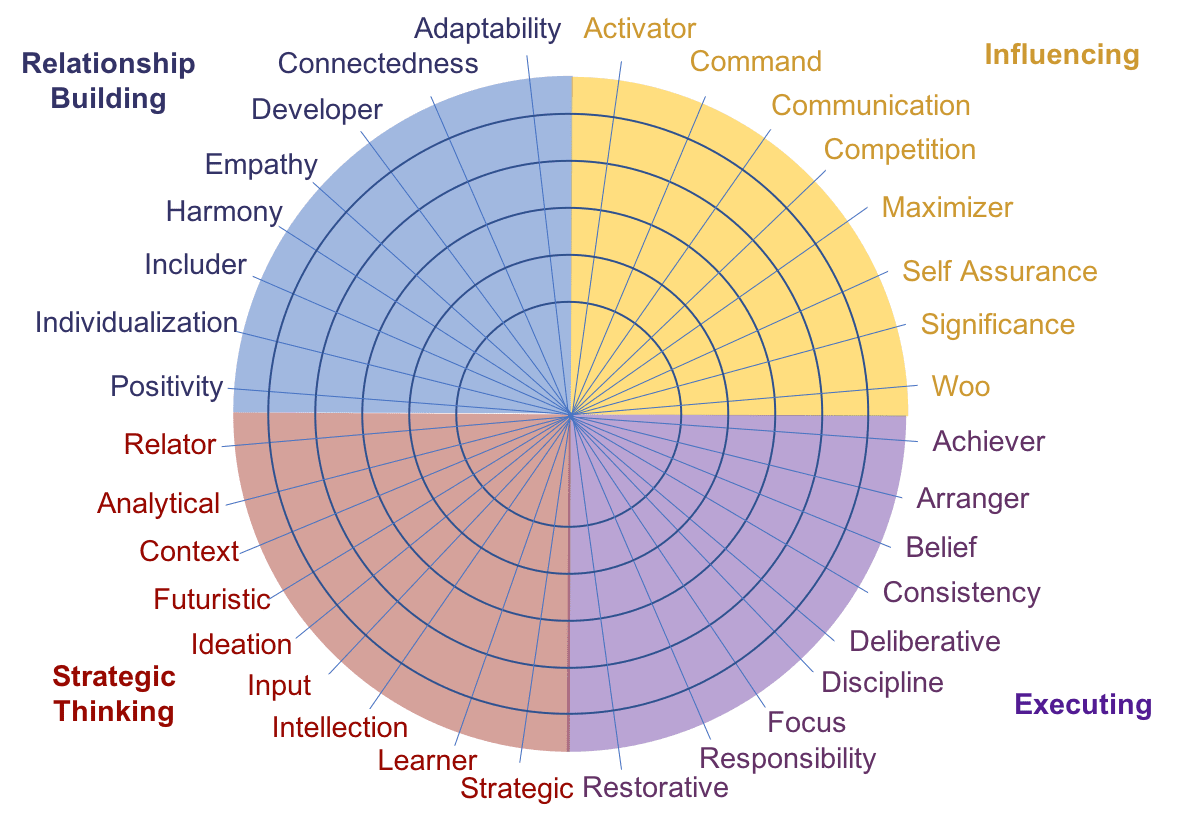
When we plot one person on here (below), we see that this person has a whole domain missing…executing! Yikes. How does this person get anything done?!?! See that there are some very flat spots on this wheel.

What happens when we give this person a teammate?
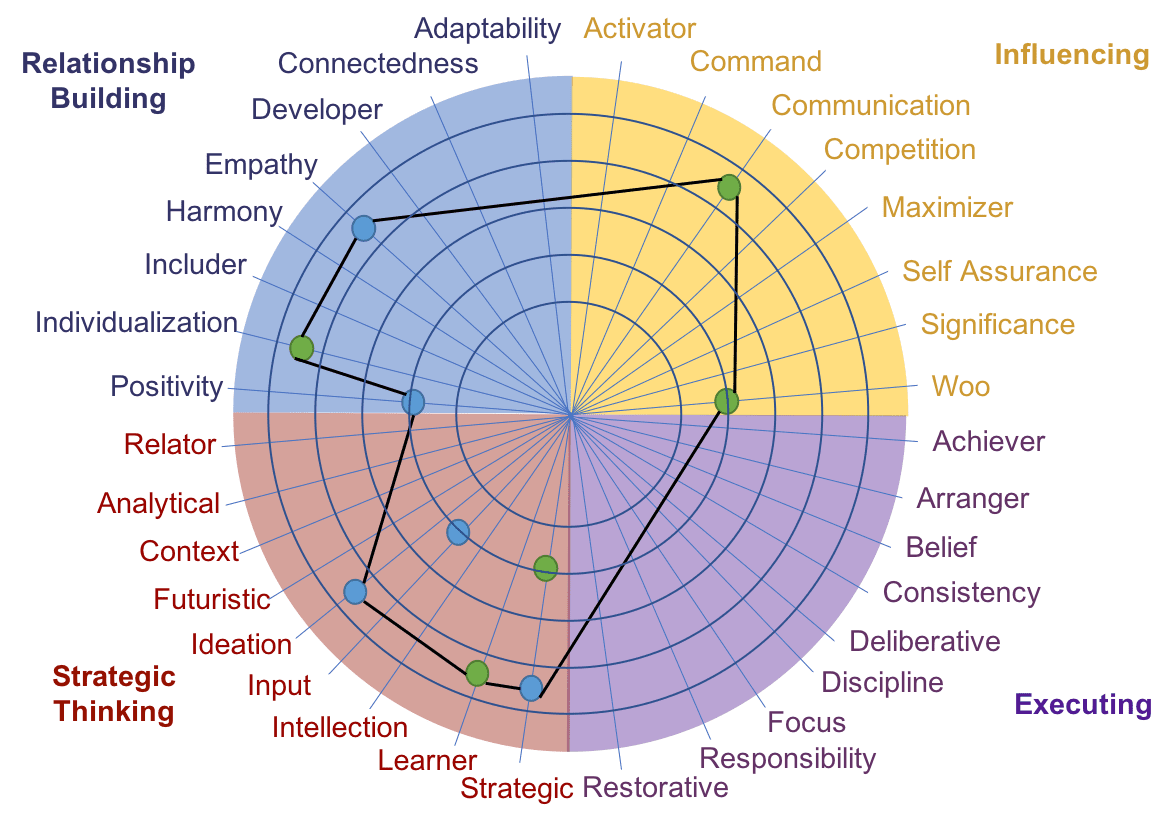
You see the “circle” of top strengths gets wider! That shows that when we work together the team can operate in more ways. This also shows where working on weaknesses doesn’t help the circle widen, like for green to take the lead on communicating makes sense, where blue would be the strategic thinking master of the duo.
What happens when we put these two people on a larger team?
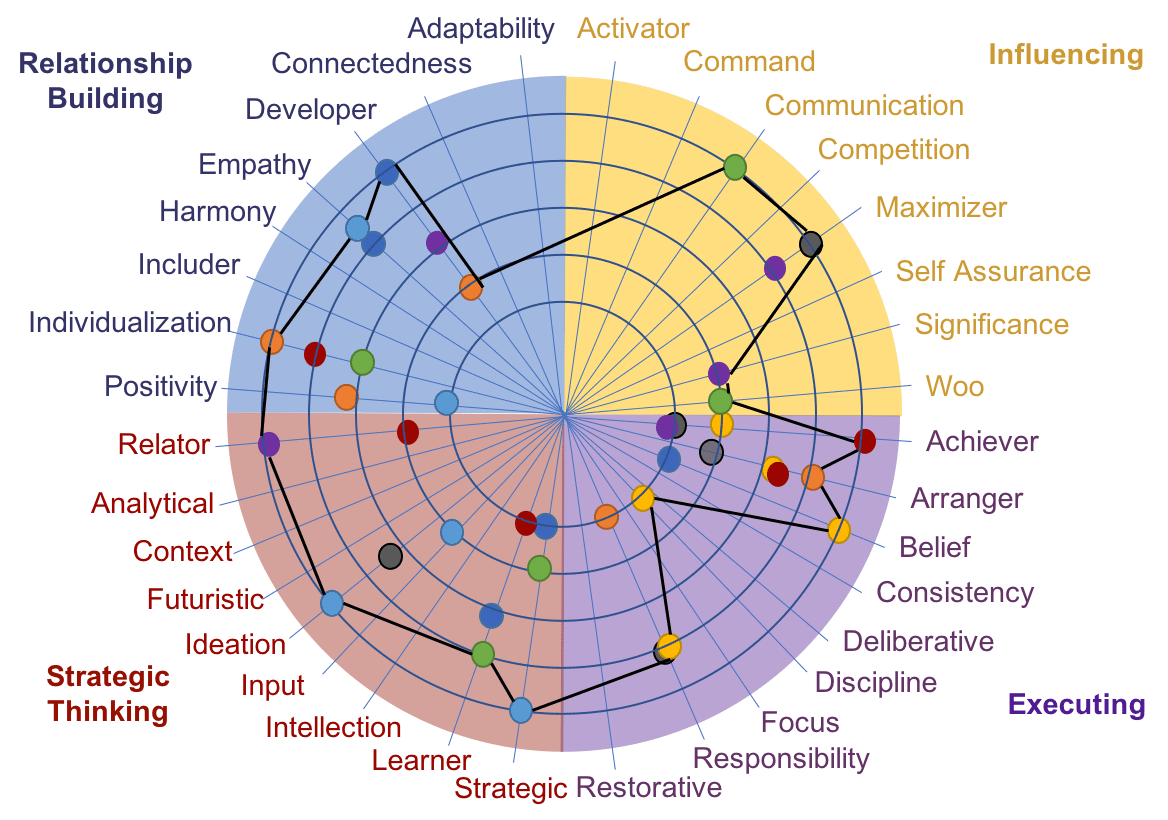
You can see now that the circle is even more round, showing that there are more strengths represented on the team to benefit the group. These 8 people have some definite breadth, and focused strengths (e.g. Arranger and Achiever).
The Action: What to do, and not do
Bring people around you who have different strengths where it makes sense. Have grace for teammates when their strengths are pointy objects.
Do all teams need all strengths?
Of course not! The team of two represented here have worked together for years successfully. It is easy to see the preference for influencing and strategic thinking in how things go between them, and the aversion in executing. And that is okay. We don’t need a crowd to get the job done in many cases. Some tasks are more suited for particular domains and particular strengths. Most projects need some element of each one, but likely lean more heavily in one area.
Just don’t get stuck on a strategic planning offsite without some strategic thinking strong people, or you will be distracted, exhausted, or deflated. Same is true for a support group operating without relationship builders; it wouldn’t last long. Need to change minds? Use the influencing strengths represented in your team to make the biggest impact you can. When all the dreaming is done, who is going to make sure it comes to completion? Executing strengths. That’s who.
Do I seek out particular strengths to add to the team?
Short answer…no. I have always stressed with teams to build the team with the skills needed to do the job. No one wants to be on the team just to ‘check a box.’ People want to be useful and provide value. Build the team by the skills that are needed and just by having others around you are more likely to have a diverse set of strengths represented.
Handling Your Team’s Strength Diversity
That diversity on the team? It’s hard to appreciate sometimes. For the very same reason that well rounded in individuals gets us mediocrity, we can easily miss the advantage of other people’s strengths (the peaks on the charts). The peaks can feel like they are poking your eye out rather than a useful gift.
This is why team tools are NOT the same as individual thinking tools. Team tools like brainstorming, process mapping, and decision-making matrices are built for teams because it is hard to come to an understanding when working with many viewpoints. The tendency is for those peaks to be dulled by others who don’t have that peak.
We have found time and again that teams shy away from team tools that capitalize what all those jagged peaks provide. They overuse agendas for meetings that should be more spontaneous. They use tools that provide expected answers, the ones that come from where everywhere is middling in strength, rather than tools that allow those peak ideas to withstand the initial ‘what the…’ reactions to then be germinated into superstar innovations.
HELP!
We would love to help you or your team through using the TEAM strengths as assets rather than pointy objects. Contact Amanda at blog@enthusaprove.com to talk more.
